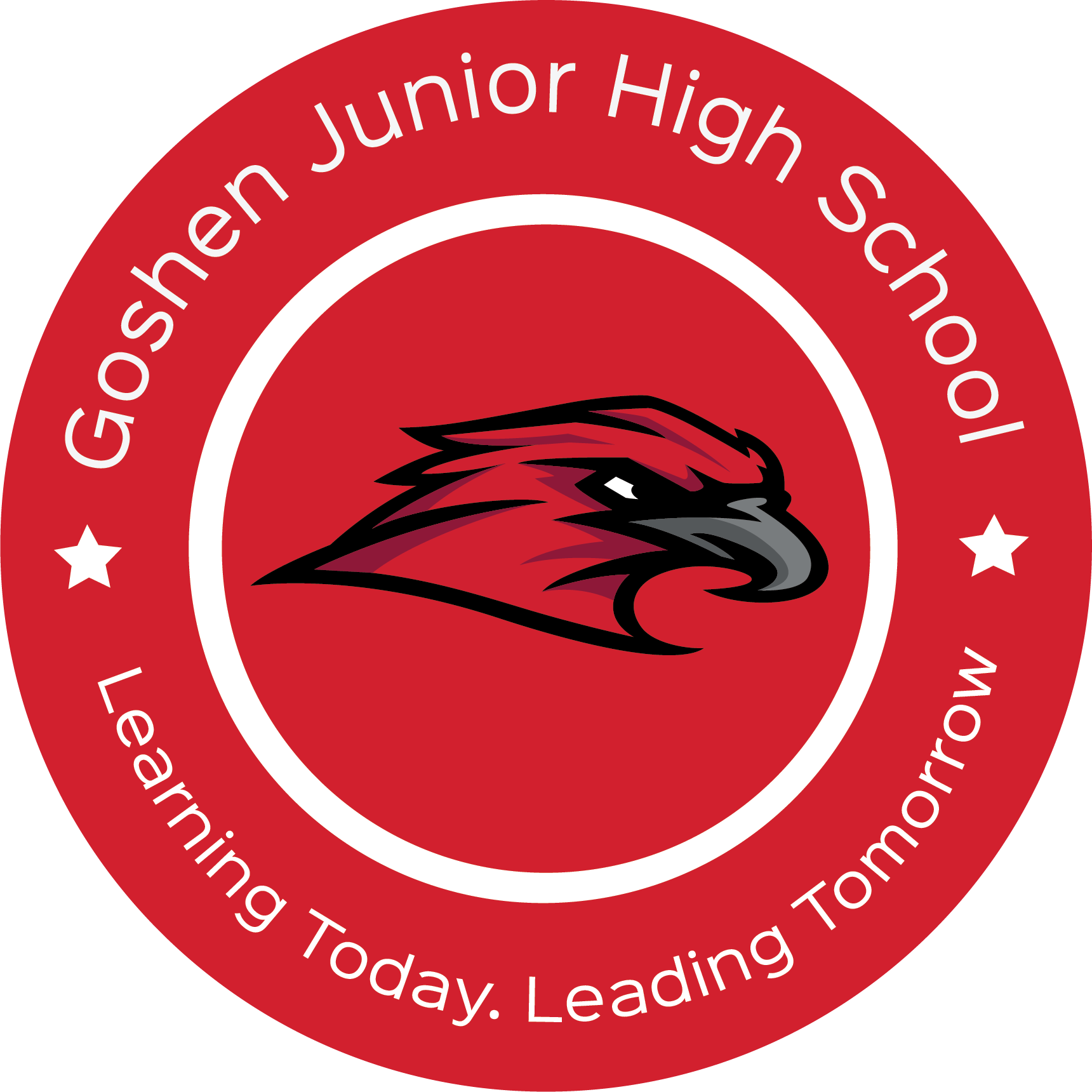GMS Focus Standards April 11th – May 25th
GMS Focus Standards
April 11th – May 25th, 2016
|
ELA |
|||
|
6th |
|
||
|
7th |
Reading Revisit *7.RL.4.2: Compare and contrast a fictional portrayal of a time, place, or character and a historical account of the same period as a means of understanding how authors of fiction use or alter history. 7.RL.4.1: Compare and contrast a written story, play or poem to its audio, filmed, staged, or multimedia version, analyzing the effects of techniques unique to each medium (e.g., lighting, sound, color, or camera focus and angles in a film). Vocabulary 7.RV.2.3: Distinguish among the connotations of words with similar denotations 7.RV.2.5: Consult general and specialized reference materials, both print and digital (e.g., dictionary, thesaurus, style guide), to find the pronunciation of a word or determine or clarify its precise meaning, part of speech, or origin Writing Teacher’s Choice |
||
|
8th |
Reading 8.RL.4.1 Analyze the extent to which a filmed or live production of a story or play stays faithful to or departs from the text or script, evaluating the choices made by the director or actors. *Revisit 8.RL.4.2 Analyze how works of literature draw on and transform earlier texts. Vocabulary 8.RV.2.3 Distinguish among the connotations of words with similar denotations. 8.RV.2.5 Select appropriate general and specialized reference materials, both print and digital, to find the pronunciation of a word or determine Writing Teacher’s Choice |
||
|
Math |
|||
|
6th |
|
||
|
7th |
7.DSP.1 Understand that statistics can be used to gain information about a population by examining a sample of the population and generalizations about a population from a sample are valid only if the sample is representative of that population. Understand that random sampling tends to produce representative samples and support valid inferences 7.DSP.2 Use data from a random sample to draw inferences about a population. Generate multiple samples (or simulated samples) of the same size to gauge the variation in estimates or predictions. 7.DSP.3 Find, use, and interpret measures of center (mean and median) and measures of spread (range, interquartile range, and mean absolute deviation) for numerical data from random samples to draw comparative inferences about two populations. 7.DSP.4 Make observations about the degree of visual overlap of two numerical data distributions represented in line plots or box plots. Describe how data, particularly outliers, added to a data set may affect the mean and/or median. 7.DSP.5 Understand that the probability of a chance event is a number between 0 and 1 that expresses the likelihood of the event occurring. Understand that a probability near 0 indicates an unlikely event, a probability around 1/2 indicates an event that is neither unlikely nor likely, and a probability near 1 indicates a likely event. Understand that a probability of 1 indicates an event certain to occur and a probability of 0 indicates an event impossible to occur. 7.DSP.6 Approximate the probability of a chance event by collecting data on the chance process that produces it and observing its relative frequency from a large sample. 7.DSP.7 Develop probability models that include the sample space and probabilities of outcomes to represent simple events with equally likely outcomes. Predict the approximate relative frequency of the event based on the model. Compare probabilities from the model to observed frequencies; evaluate the level of agreement and explain possible sources of discrepancy. |
||
|
8th |
8.GM.1 Identify, define and describe attributes of three-dimensional geometric objects (right rectangular prisms, cylinders, cones, spheres, and pyramids). Explore the effects of slicing these objects using appropriate technology and describe the two-dimensional figure that results. 8.GM.2 Solve real-world and other mathematical problems involving volume of cones, spheres, and pyramids and surface area of spheres. 8.GM.3 Verify experimentally the properties of rotations, reflections, and translations, including: lines are mapped to lines, and line segments to line segments of the same length; angles are mapped to angles of the same measure; and parallel lines are mapped to parallel lines. 8.GM.4 Understand that a two-dimensional figure is congruent to another if the second can be obtained from the first by a sequence of rotations, reflections, and translations. Describe a sequence that exhibits the congruence between two given congruent figures. 8.GM.5 Understand that a two-dimensional figure is similar to another if the second can be obtained from the first by a sequence of rotations, reflections, translations, and dilations. Describe a sequence that exhibits the similarity between two given similar figures. 8.GM.6 Describe the effect of dilations, translations, rotations, and reflections on two-dimensional figures using coordinates. |
||
“Plan and conduct learning activities that contribute to accomplishing specific objectives and goals, stimulate and encourage application of thought, and require the active participation of students. Long and frequent activities of data-gathering through lectures, readings, film, etc., without planned opportunities for students to process and apply the information can lead to boredom and indifference – a seedbed for discipline problems.”


